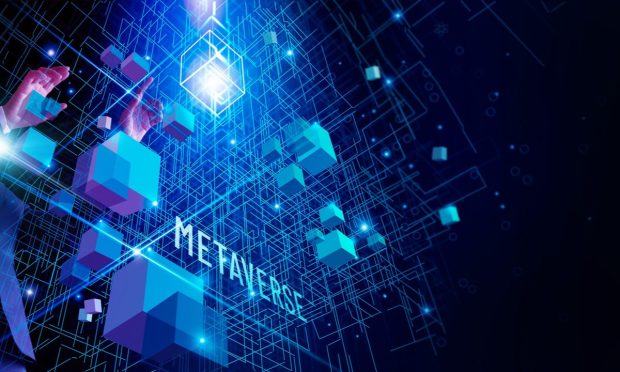Metaverse May Be 5G’s Tipping Point and Vice Versa

Every technology that promises to be revolutionary can be revolutionary only if it gains critical mass. And every new app that runs on that technology needs a tipping point — a population of adherents that download, use and champion, with zeal, the new services embedded in that app.
In the movement to make 5G the norm, to make the broadband standard that has been in the midst of a rollout stretching back two years — the metaverse is calling.
And so are (relatively) cheaper phones that underpin it all.
It may be the case that the metaverse is 5G’s tipping point, and 5G becomes the key factor that drives 5G, in a mutually beneficial arrangement.
This week, Verizon and Live Nation debuted a 5G partnership that is geared toward building “immersive artist and fan experiences.”
The telecom giant is outfitting venues that host Live Nation events — clubs, theaters and amphitheaters — with 5G Ultra Wideband that allows content (such as exclusive livestreamed events) to be delivered at speeds 10 times faster than 4G across the My Verizon App and through the forthcoming +play platform.
The announcement gives a hint of what could be — and the pact between Verizon and Live Nation underscores a few trends that are converging, barring a massive exogenous shock like another widespread coronavirus variant or hyper-inflation.
Full-Scale, Large Scale Metaverse
Those trends include the return to in-person events, and consumers’ willingness to spend money to gather in large groups.
The affordability factor is a question mark, perhaps, assuaged a bit by the fact that, for example, Apple has introduced its lower-cost 5G enabled phone that, at $429, may seem all the more affordable when slotted into installment plans. After all, PYMNTS data show that 56% of higher-end/luxury shoppers surveyed stated that they were “highly interested” in using installment payments for online purchases.
Read more: 56% of Luxury, Specialty Store Shoppers Enticed
As for the metaverse, fully formed and functional worlds created out of digital thin air, combining omnichannel experiences, are on tap, perhaps. Music, with its combination of video and simultaneous live iterations seems a natural launching pad (as does gaming) to get consumers more fully on board with the idea of redefining what “reality” means.
Verizon also announced earlier this month that it will collaborate with Meta on metaverse use cases and infrastructure (including Meta Connectivity, or MEC). Technology is placed closer to the end user so that data can be processed and stored there, rather than at a distant data center. This makes for faster processing and increased bandwidth.
See more: Verizon, Meta Partner to Explore 5G-Enabled Metaverse Opportunities
Separately, Qualcomm has created a $100 million fund to invest in virtual reality (VR) and augmented reality (AR) tech.
Read more: Qualcomm Opens $100M Metaverse Fund
One positive outcome that stems from the convergence of, say, an immersive concert experience and a relatively cheaper, smaller device (in the form of a phone) is that the hardware requirements become a bit less intrusive.
Where previously VR headsets would be the norm tied to PCs and gaming systems, full 5G connectivity can be done “on site” with smaller form factors, ensuring that the metaverse is truly portable. In this way, the metaverse and 5G become mutually reinforcing.
Eventually.
